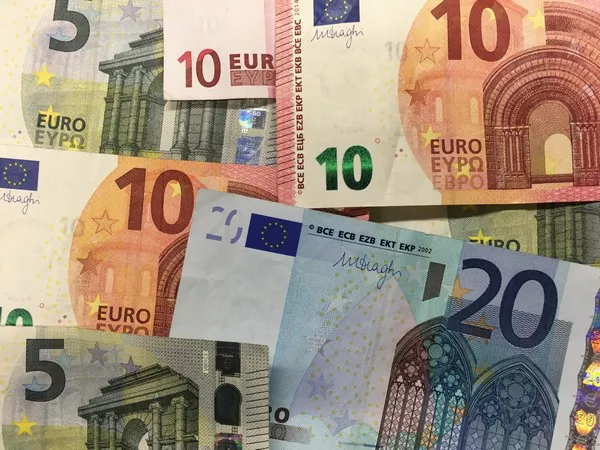The euro, denoted by the symbol “€” and currency code “EUR,” is the official currency of the Eurozone, a monetary union consisting of 19 European Union (EU) member countries. Introduced in 1999, the euro was designed to foster economic integration, facilitate trade, and enhance financial stability among its member states. While the euro is a shared currency across the Eurozone, some differences exist in its usage and design among the participating countries. In this article, we will explore the concept of the euro as a common currency, the unique features of euro banknotes and coins in different countries, and the benefits and challenges of a shared currency.
1. The Euro as a Common Currency:
The euro serves as a common currency for the Eurozone, which comprises 19 out of the 27 EU member countries. These countries have chosen to adopt the euro as their official currency, replacing their former domestic currencies.
2. Euro Banknotes:
Euro banknotes are uniform across the Eurozone, bearing the same design, color, and security features. They come in seven denominations: €5, €10, €20, €50, €100, €200, and €500. Each denomination has a distinct color, making them easily distinguishable.
3. Euro Coins:
While euro banknotes are standardized, euro coins have a unique characteristic. One side of euro coins is common across all countries and features a map of Europe. The other side, known as the national side, bears a design specific to each member country. This design may represent cultural symbols, historical figures, or iconic landmarks from that particular country.
4. National Side of Euro Coins:
As of 2021, there are 23 different designs for the national side of euro coins, reflecting the diverse cultural heritage and history of the Eurozone countries. Some countries, like Germany and France, use a single design for all denominations of their coins, while others may have distinct designs for each denomination.
5. Eurozone Membership and Opt-outs:
While the majority of EU member countries have adopted the euro as their currency, some have opted not to join the Eurozone. For example, Denmark and the United Kingdom negotiated opt-out agreements, allowing them to retain their domestic currencies (Danish krone and British pound, respectively).
6. Benefits of a Shared Currency:
The adoption of the euro as a common currency offers several advantages:
a. Enhanced Trade: The use of a common currency simplifies cross-border trade and reduces currency exchange costs for businesses and consumers within the Eurozone.
b. Monetary Stability: A shared currency helps stabilize the economies of member countries by eliminating exchange rate fluctuations, fostering price transparency, and promoting monetary cooperation.
c. Increased Investment: The euro provides a large and integrated market, attracting foreign investment and boosting economic growth across the Eurozone.
d. Travel Convenience: For tourists and travelers, using a single currency across multiple countries streamlines transactions and reduces currency conversion fees.
7. Challenges and Considerations:
Despite the benefits, a shared currency also presents challenges:
a. Economic Divergence: As the economies of Eurozone countries may vary, a single monetary policy may not suit all member states, leading to economic divergence.
b. Loss of Independent Monetary Policy: Adopting the euro means giving up individual control over monetary policy, as the European Central Bank (ECB) makes decisions on interest rates and other monetary tools.
c. Fiscal Coordination: To maintain stability in the Eurozone, fiscal policies should be coordinated among member countries, which can be a complex task.
d. Eurozone Expansion: The expansion of the Eurozone to include more countries requires careful consideration and adherence to convergence criteria to ensure economic stability.
Conclusion:
The euro stands as a symbol of economic integration and cooperation among the countries of the Eurozone. While euro banknotes are uniform across member countries, euro coins carry unique designs representing the cultural heritage of each nation. The common currency has facilitated trade, investment, and travel convenience within the Eurozone, promoting economic growth and stability. However, challenges exist in maintaining fiscal coordination and addressing economic divergences among member states. Overall, the euro remains a testament to the power of a shared currency in promoting regional cooperation and fostering closer ties among European nations.


